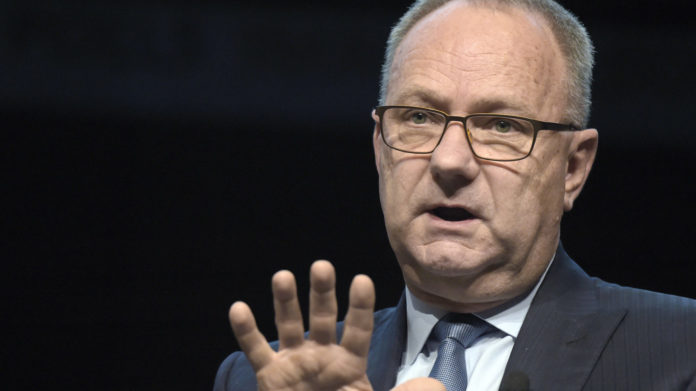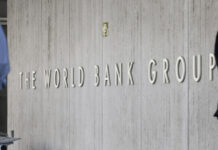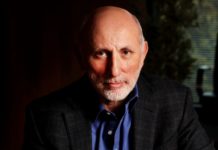
A SURPRISE decision to increase the threshold for unlicenced embedded power in South Africa to 100MW from 10MW demonstrated the country’s government was “up for it”, said Mark Cutifani, CEO of Anglo American.
“It doesn’t change our game plan for South Africa, but it gives us confidence that they (the government) are up for it,” said Cutifani in an interview on Friday. “It is a real statement of intent and shows that the government is trying to put its best foot forward.”
The increase in the threshold, announced by President Cyril Ramaphosa on Thursday, enables entities, such as mining companies, build power generation units of up to 100MW without applying for a licence through the National Energy Regulator of South Africa.
In terms of a proposed amendment to Schedule 2 of the Electricity and Registration Act (ERA) the threshold was to be increased from 1MW to 10MW. The Minerals Council of South Africa, among one of several industry bodies, was seeking an increase to 50MW. The licencing process is lengthy and complicated, the council has charged.
“It’s a positive surprise,” said Graham Kerr, CEO of South32 which operates aluminium and manganese ore operations in South Africa. “Anything that helps take the load off the grid and helps drive better stability in the grid I think is important to everyone in South Africa.”
The Minerals Council said last week there were still a number of regulatory challenges in terms of self-generation including grid-tie licencing through Eskom, the state-owned power company. However, the announcement has injected fresh life into Ramaphosa’s largely static reform programme. The move would catalyse 1,600MW in new energy, and projects worth R27bn from mining alone, the council said.
“We were pretty confident the government was considering upping the level,” said Cutifani, who revealed Anglo had lobbied for an increase in the threshold with Gwede Mantashe, South Africa’s mines and energy minister, a week before the announcement.
“We caught up with Gwede last week and gave him a pretty good run-through of how we’re thinking about our energy approach in South Africa. In that, we explained how we want to look at wind and solar power and how we’d like to connect and develop longer-term energy options we thought would be positive. He was very supportive.
“In these dialogues, at the moment South Africa is very good to do work with,” said Cutifani. “We thought it was 50MW, but they’ve done 100MW which we’re very pleased with.”








